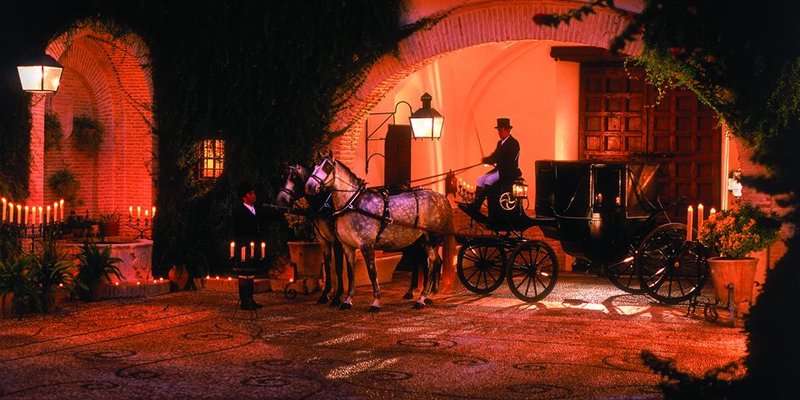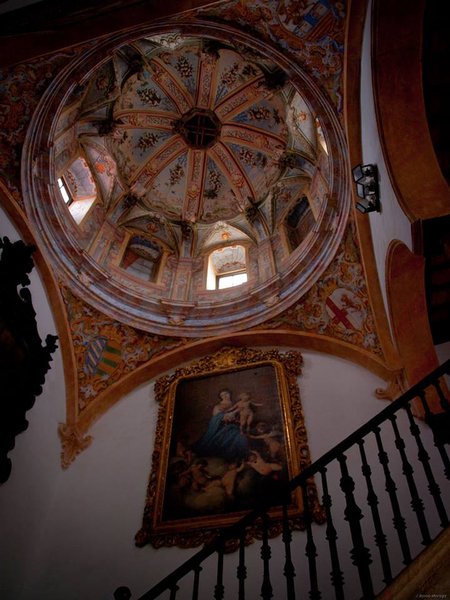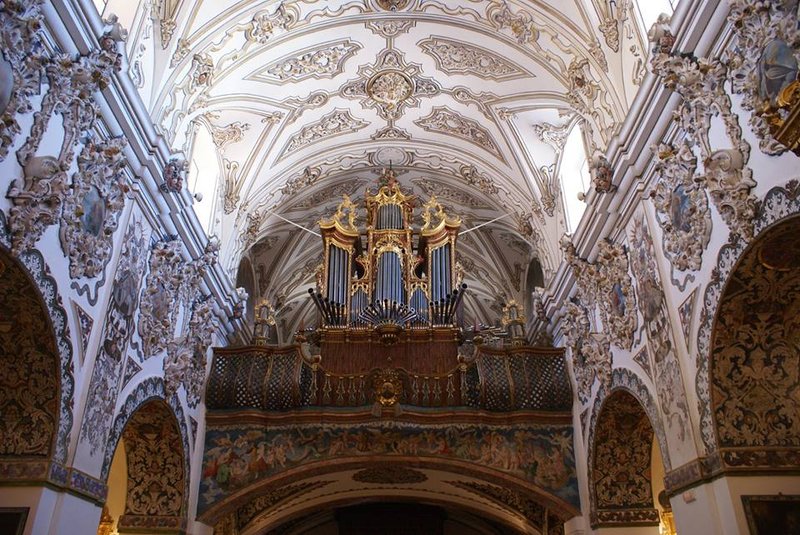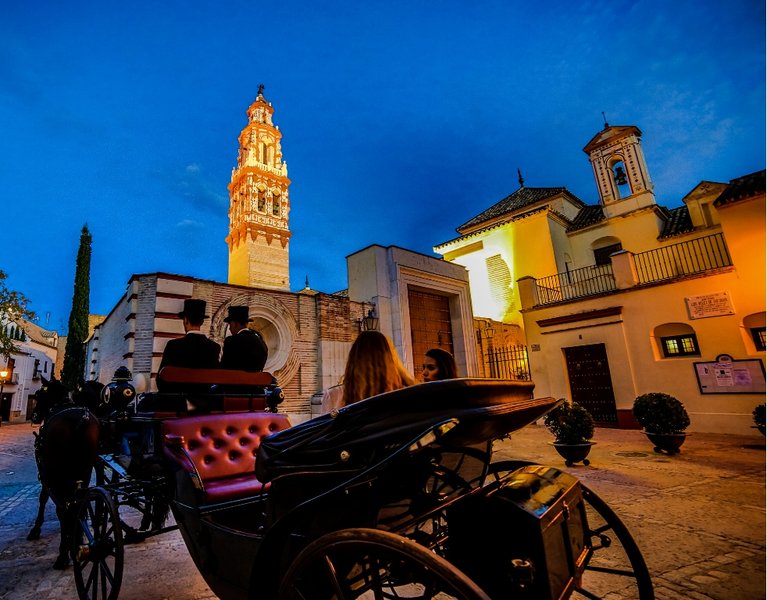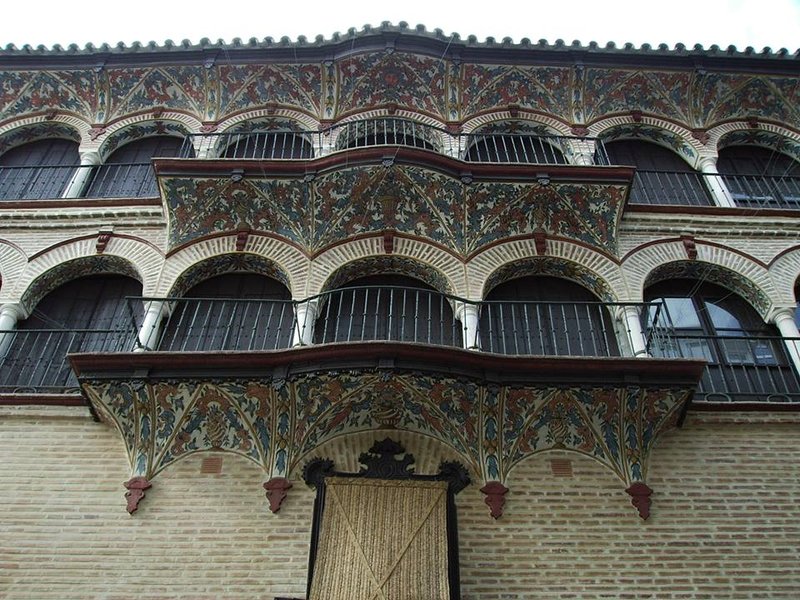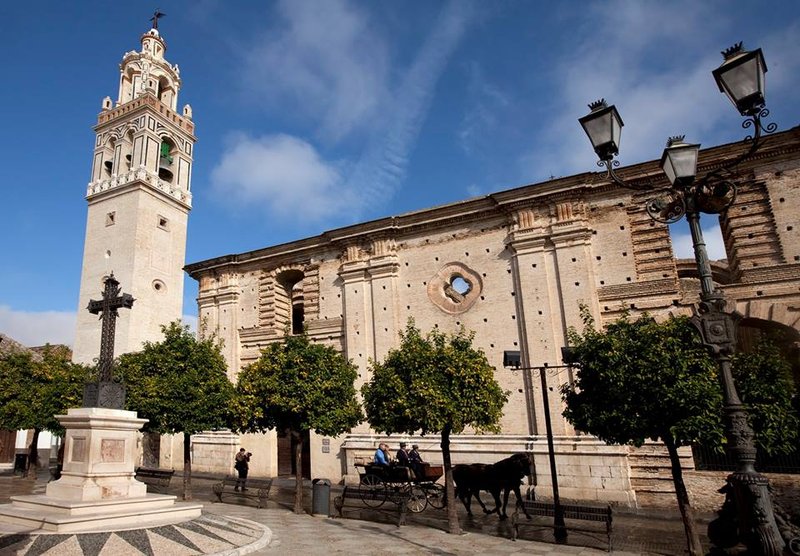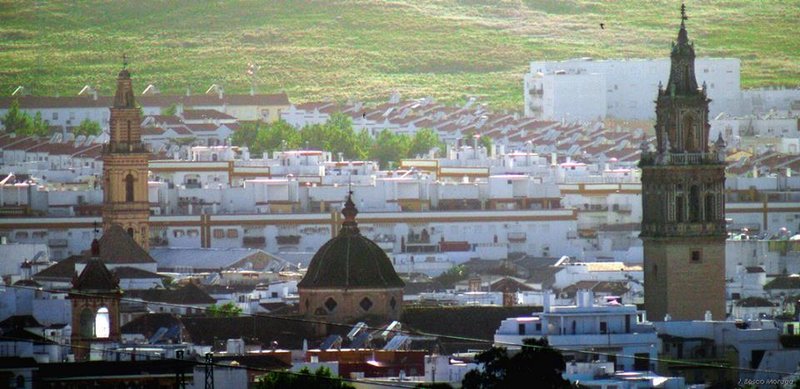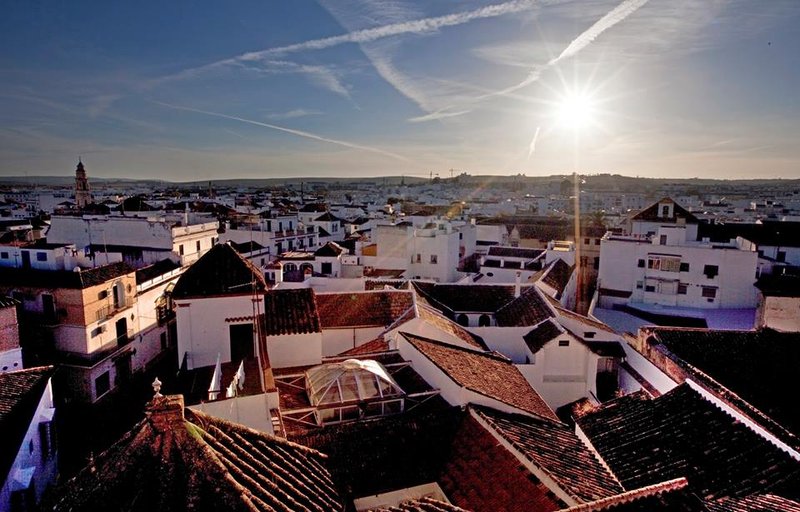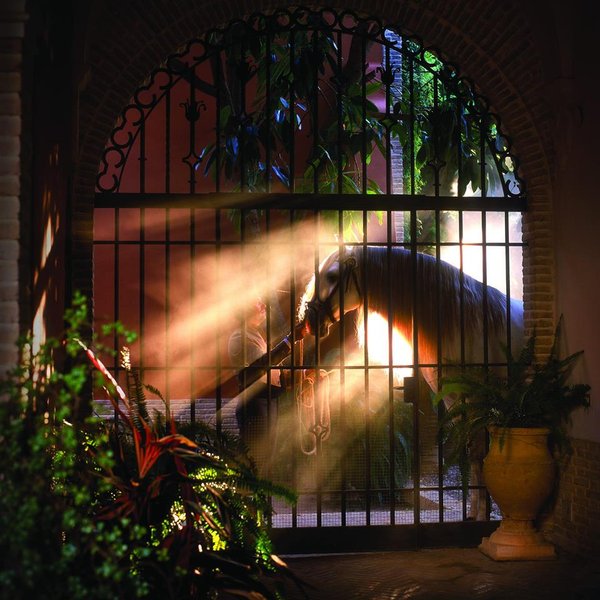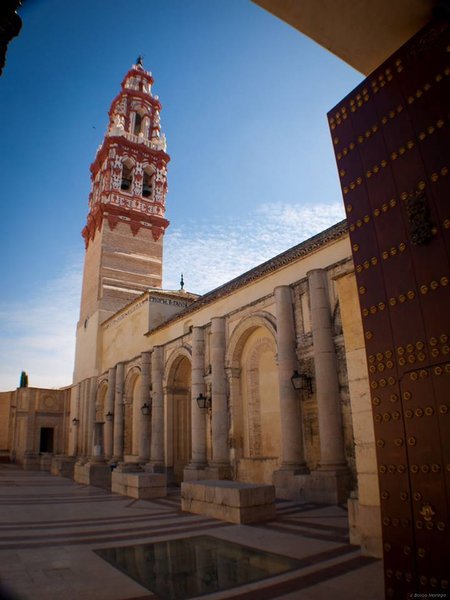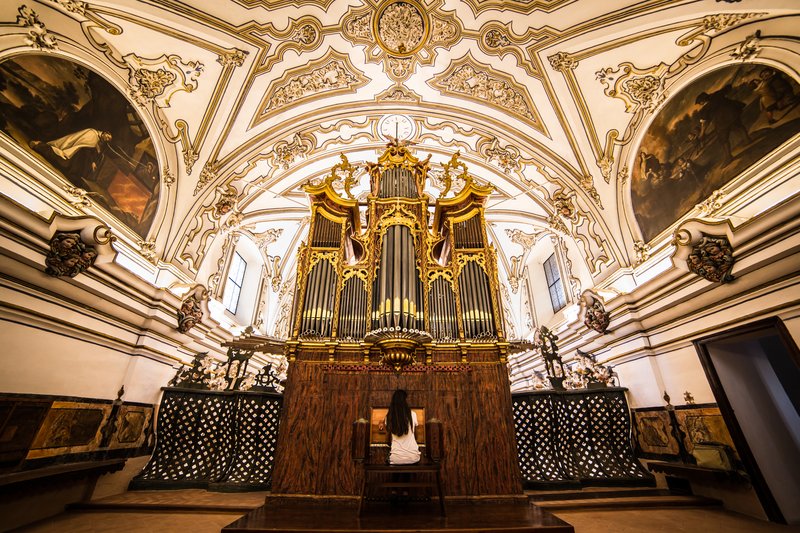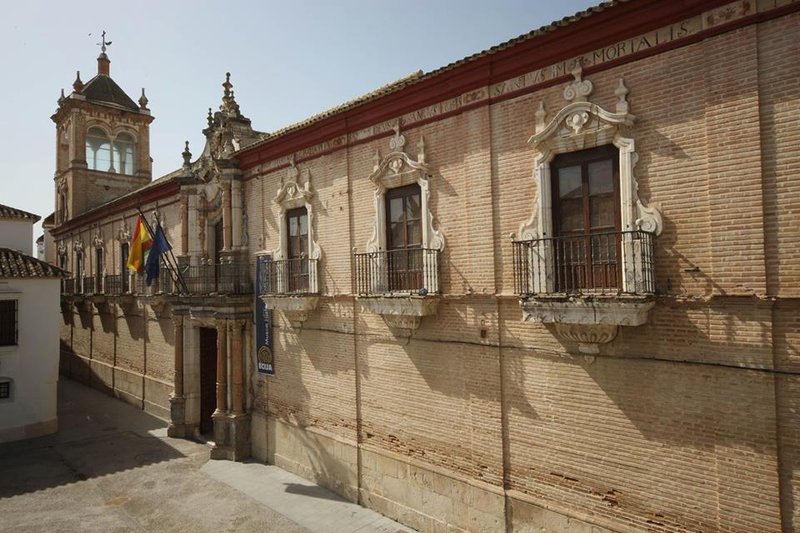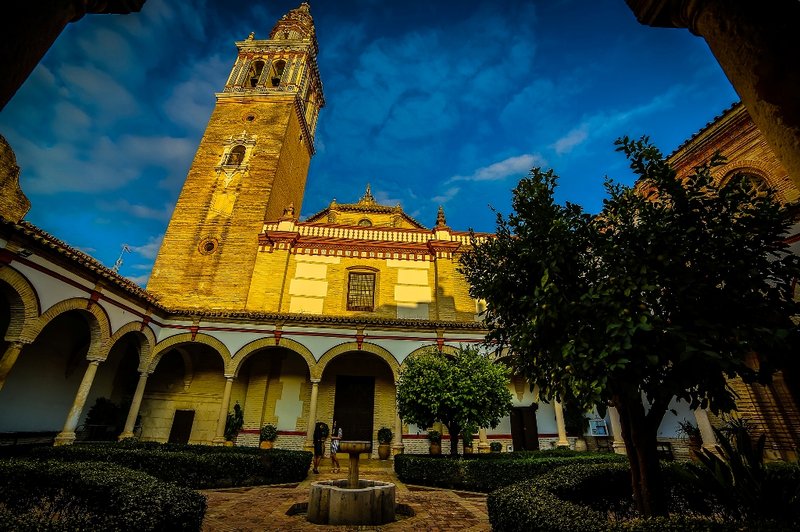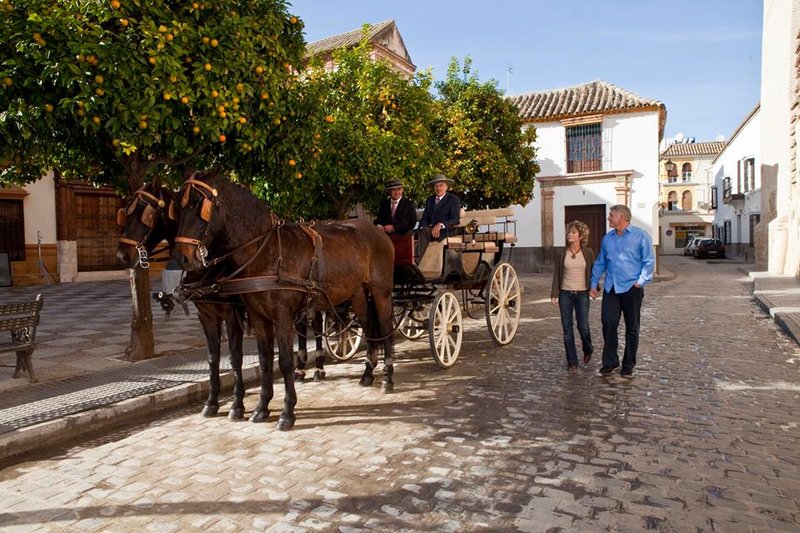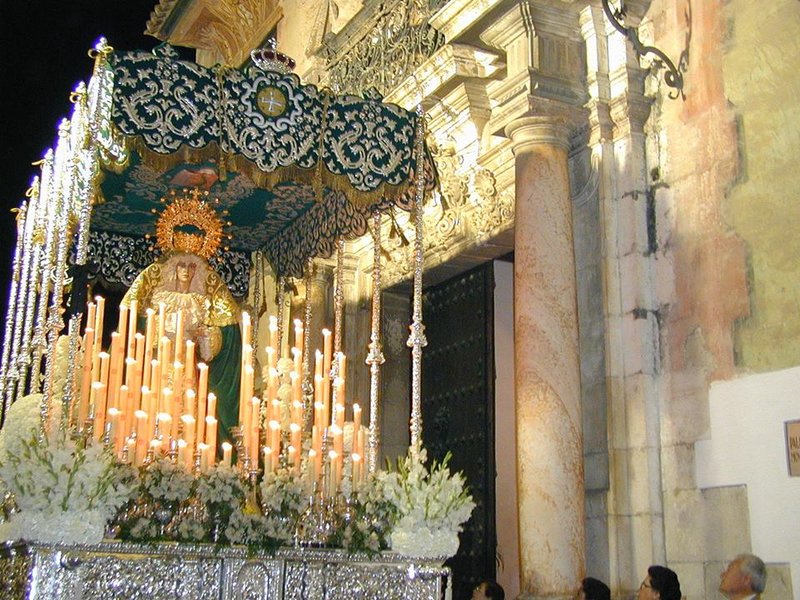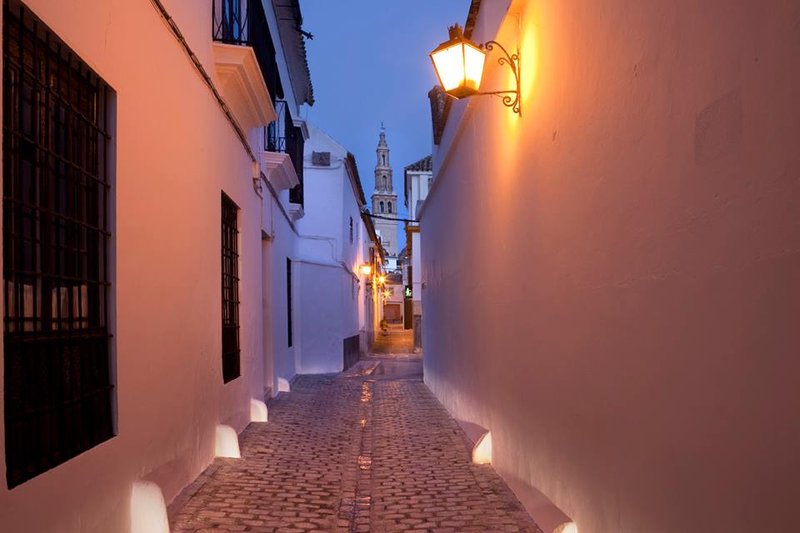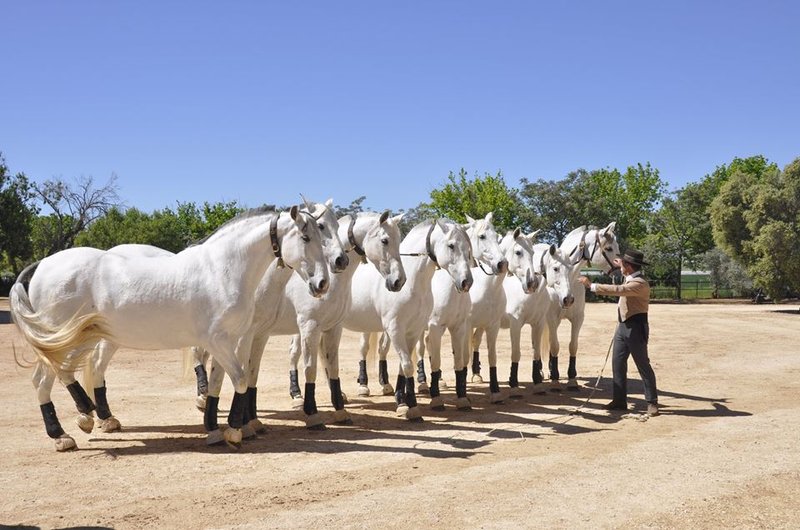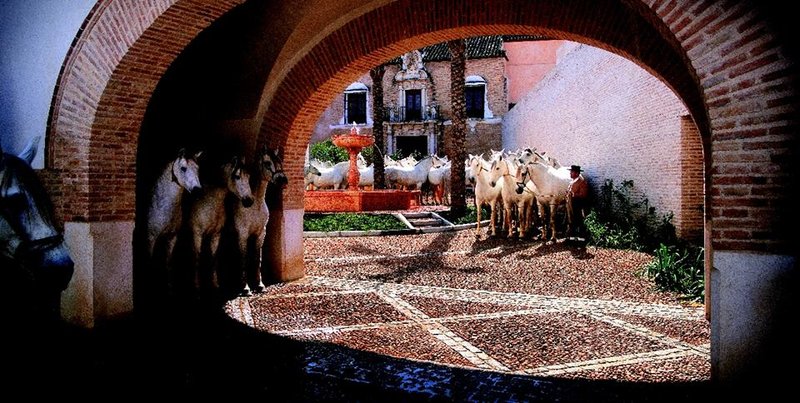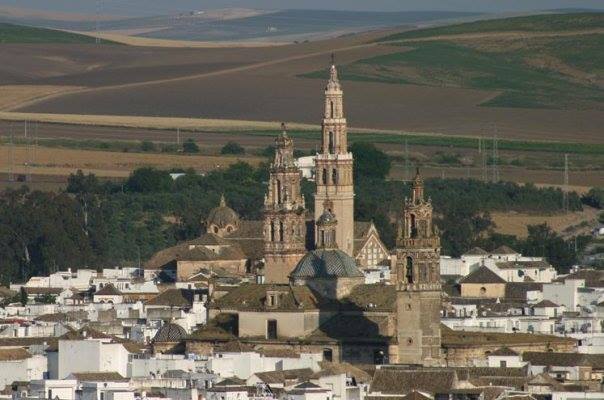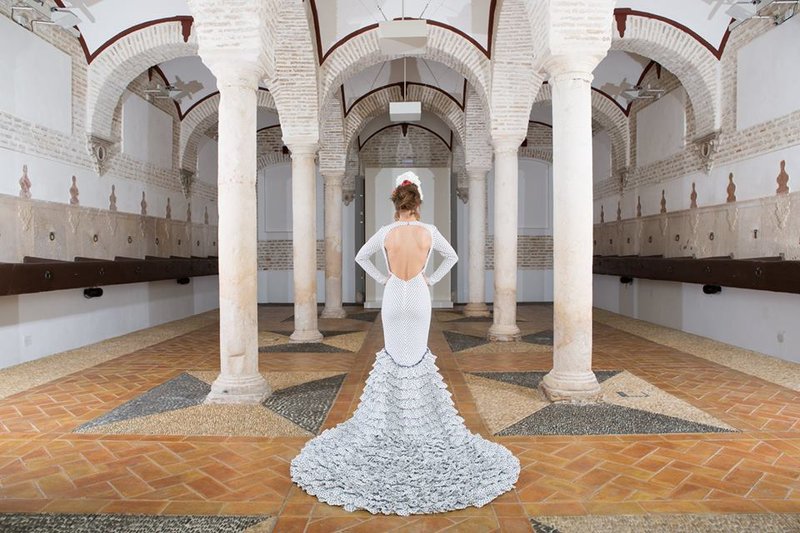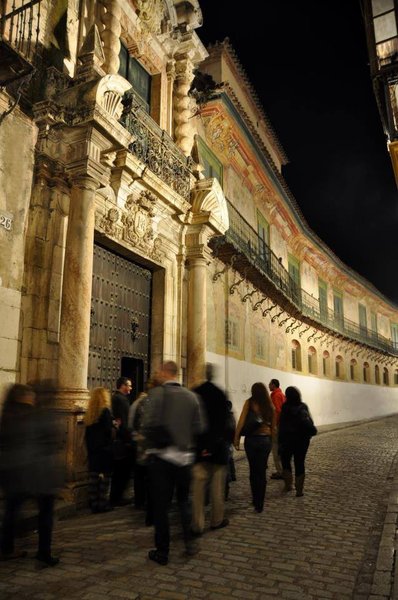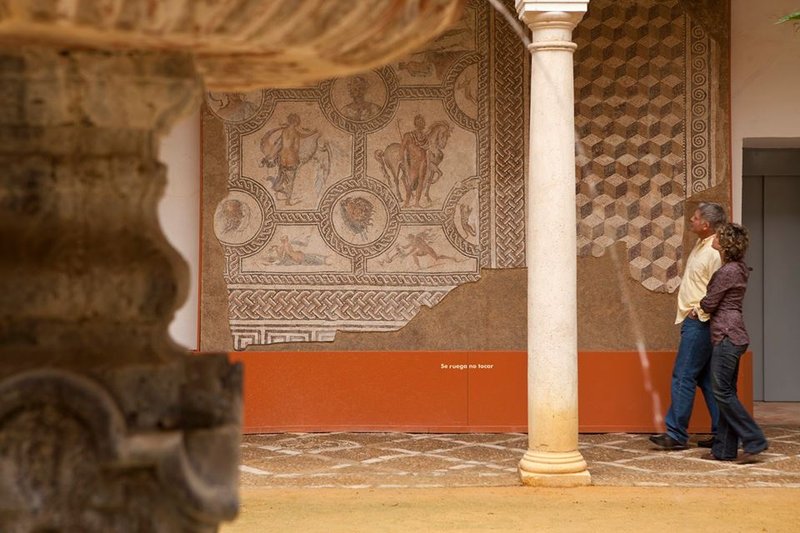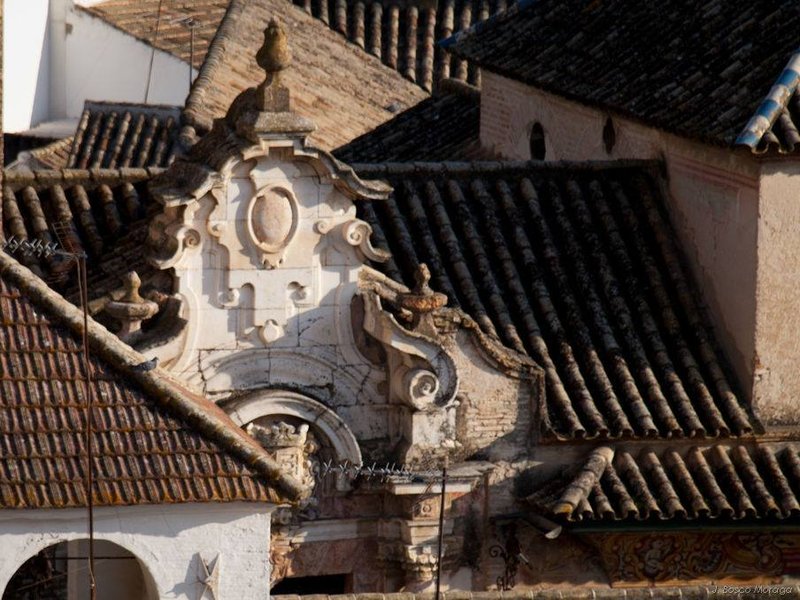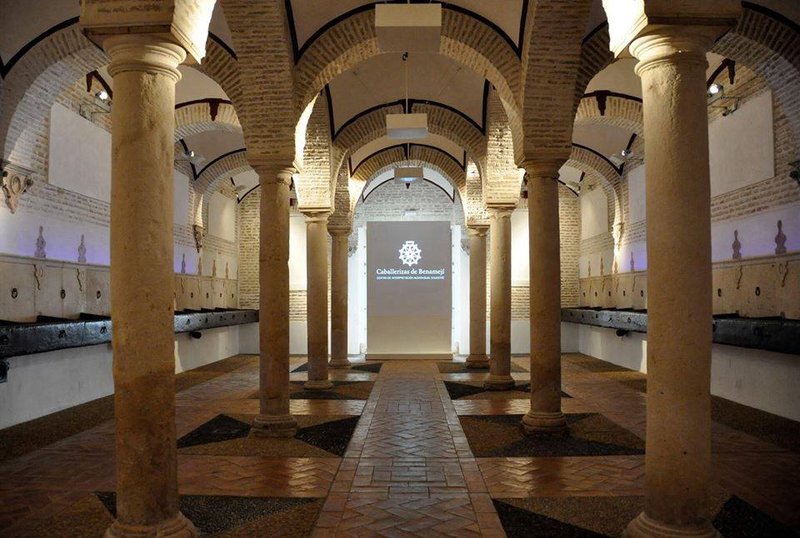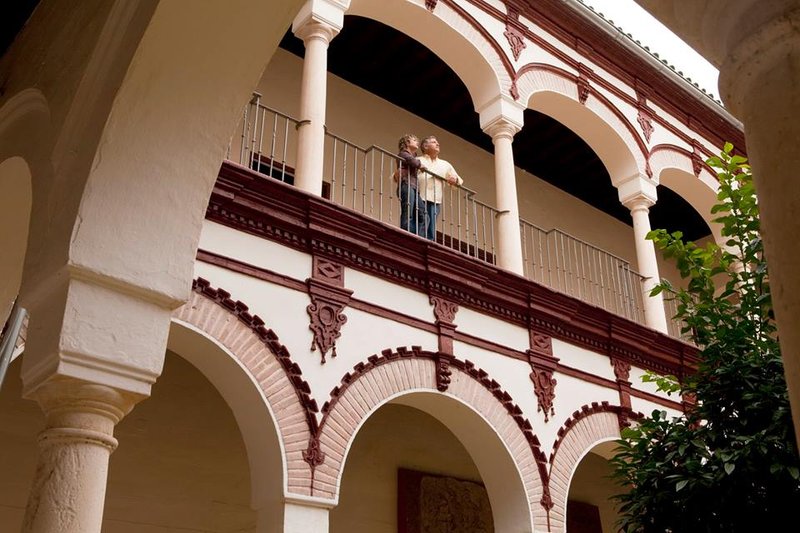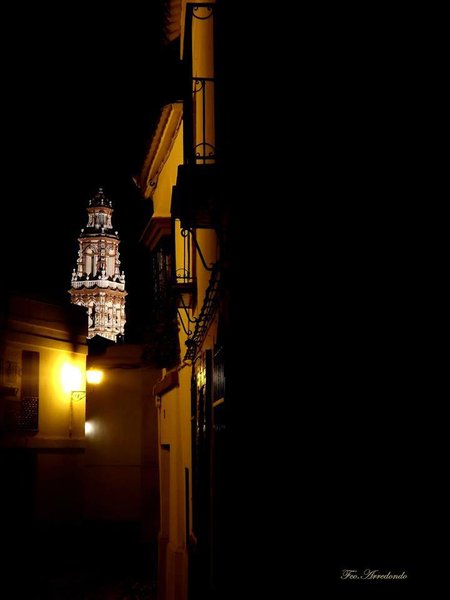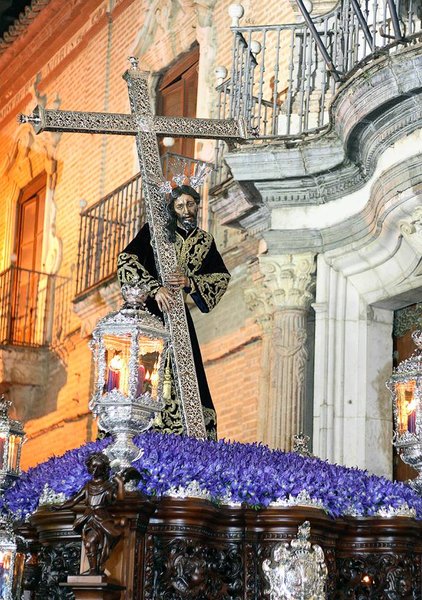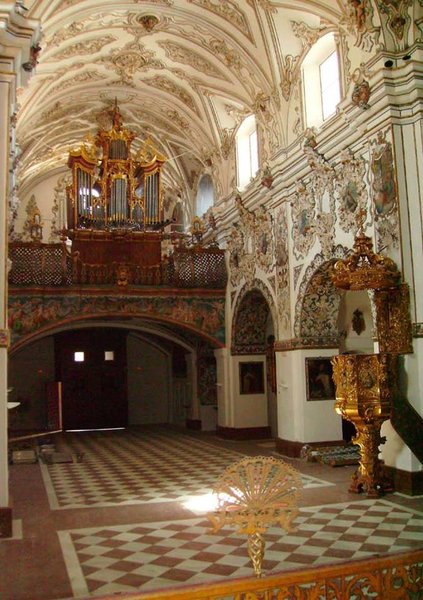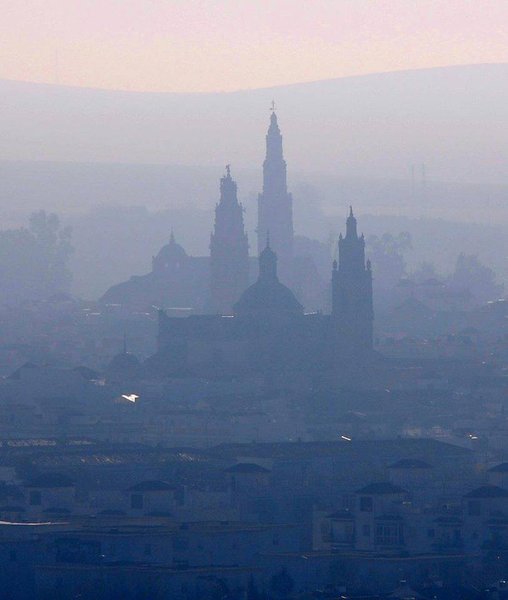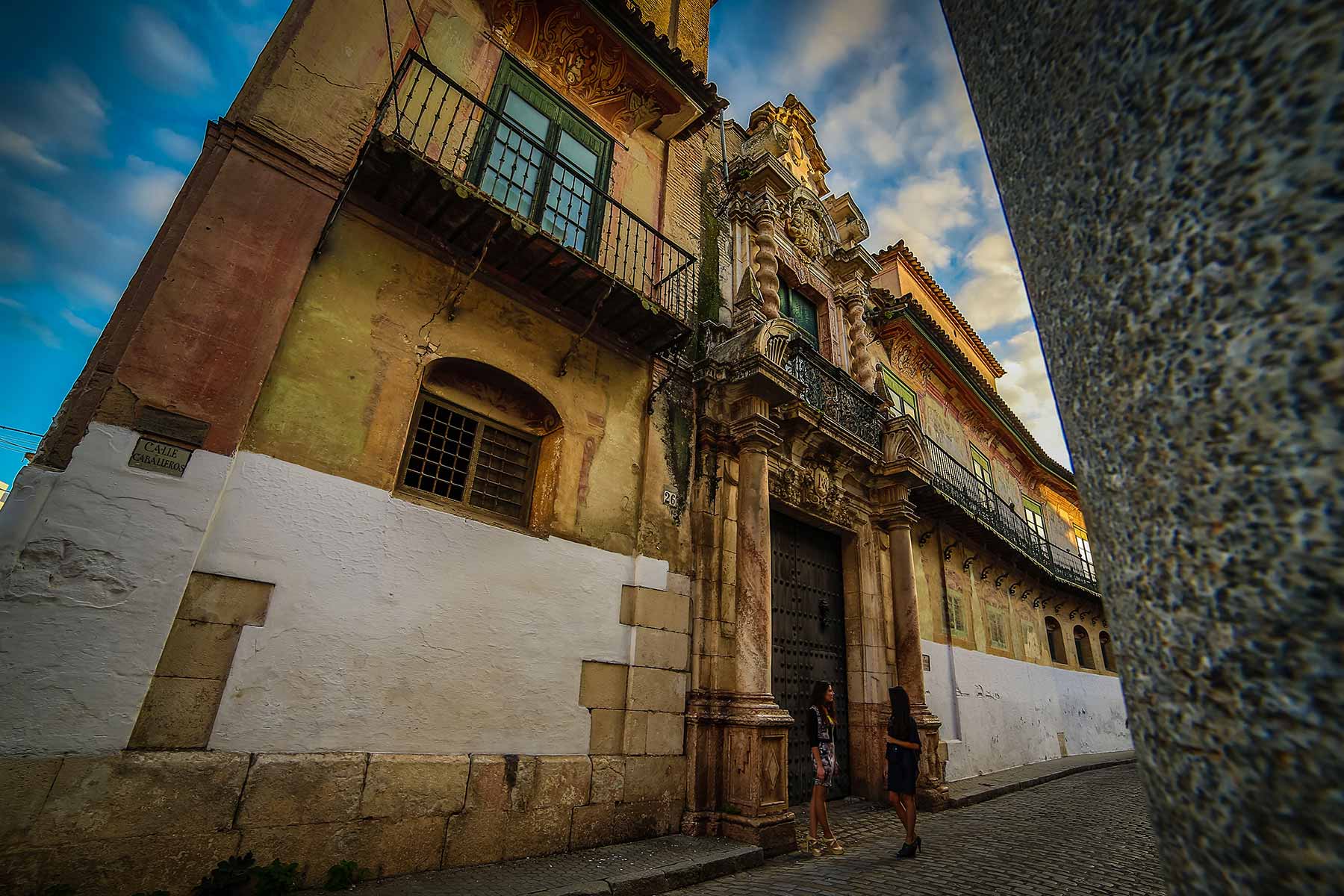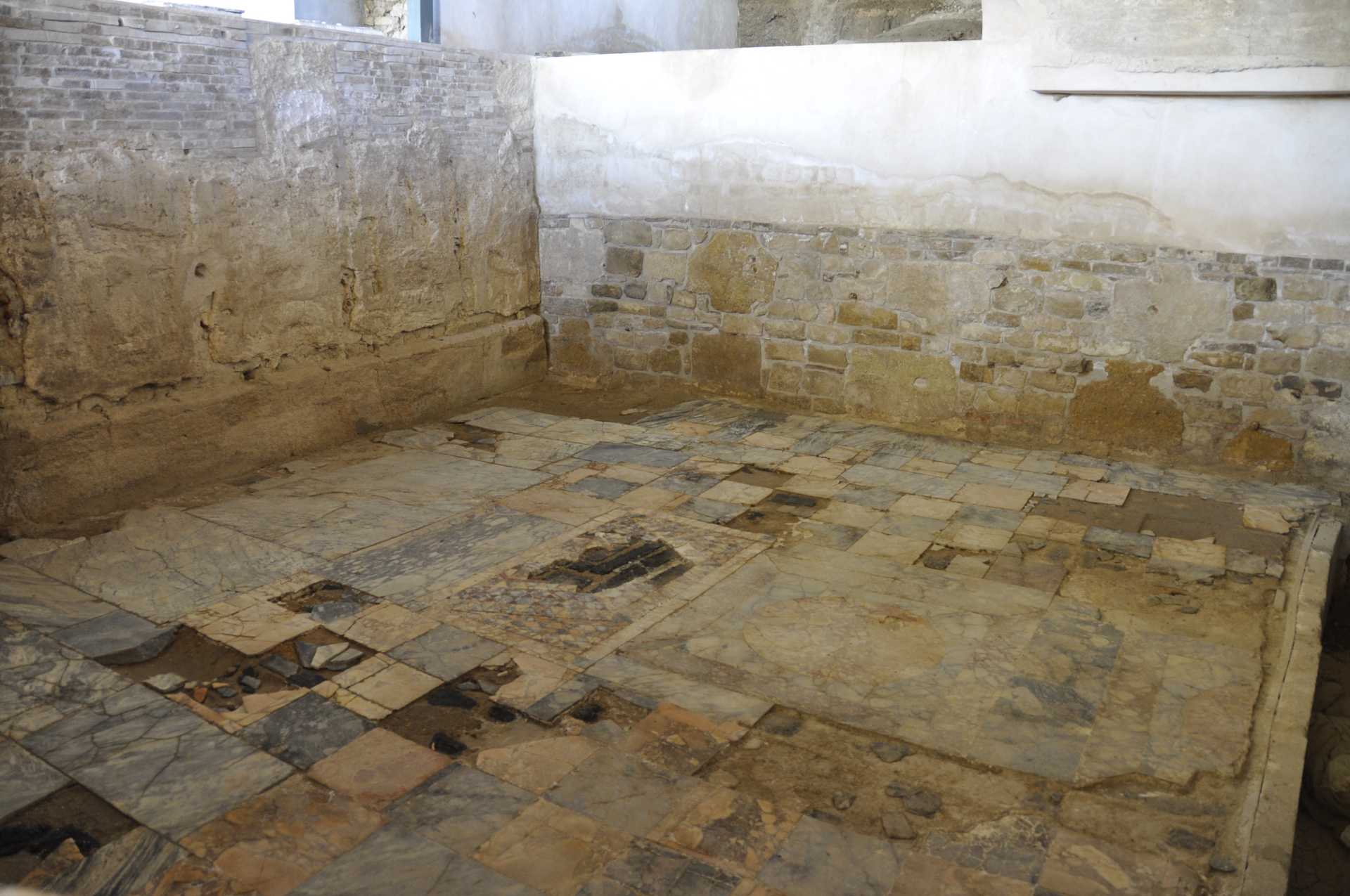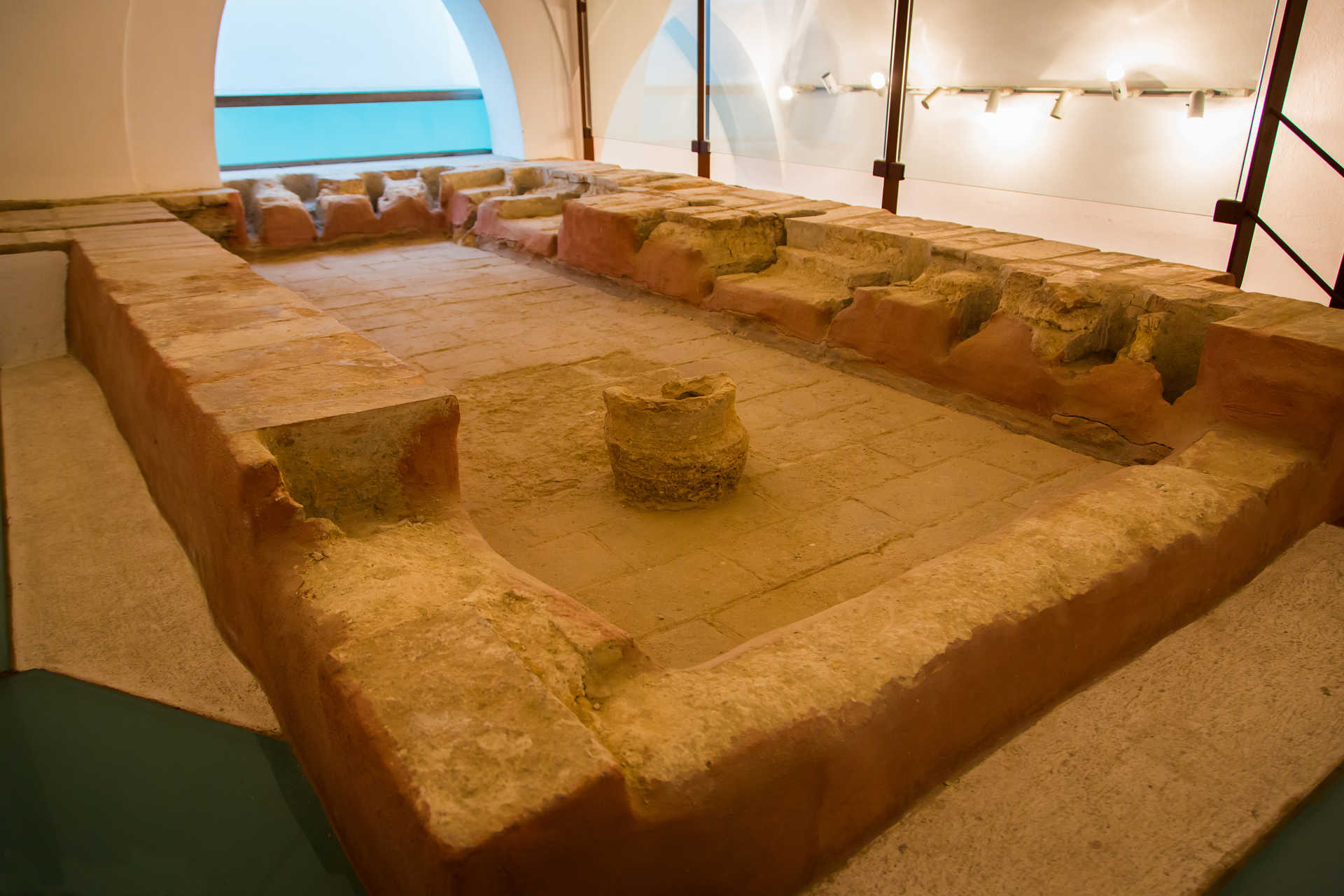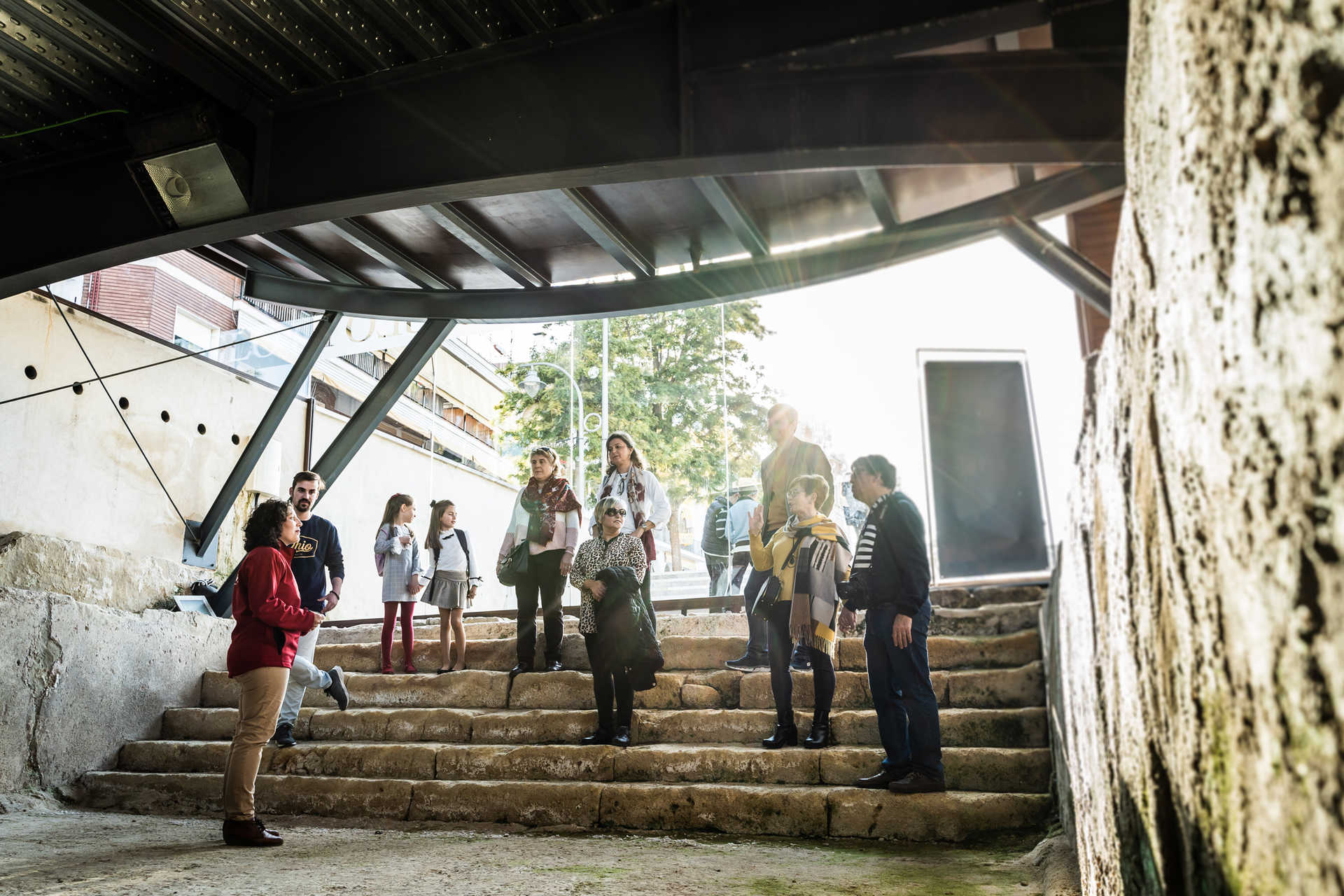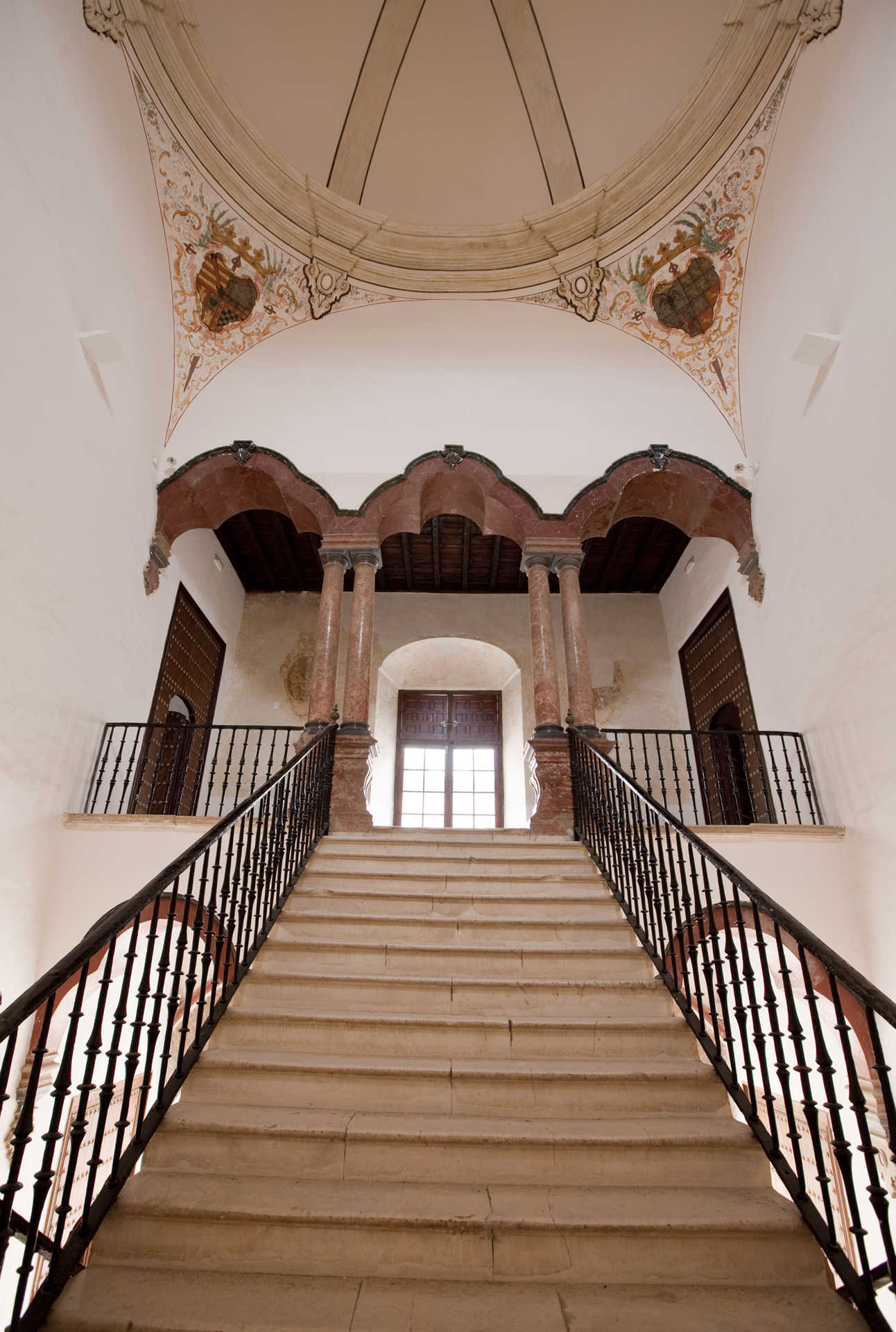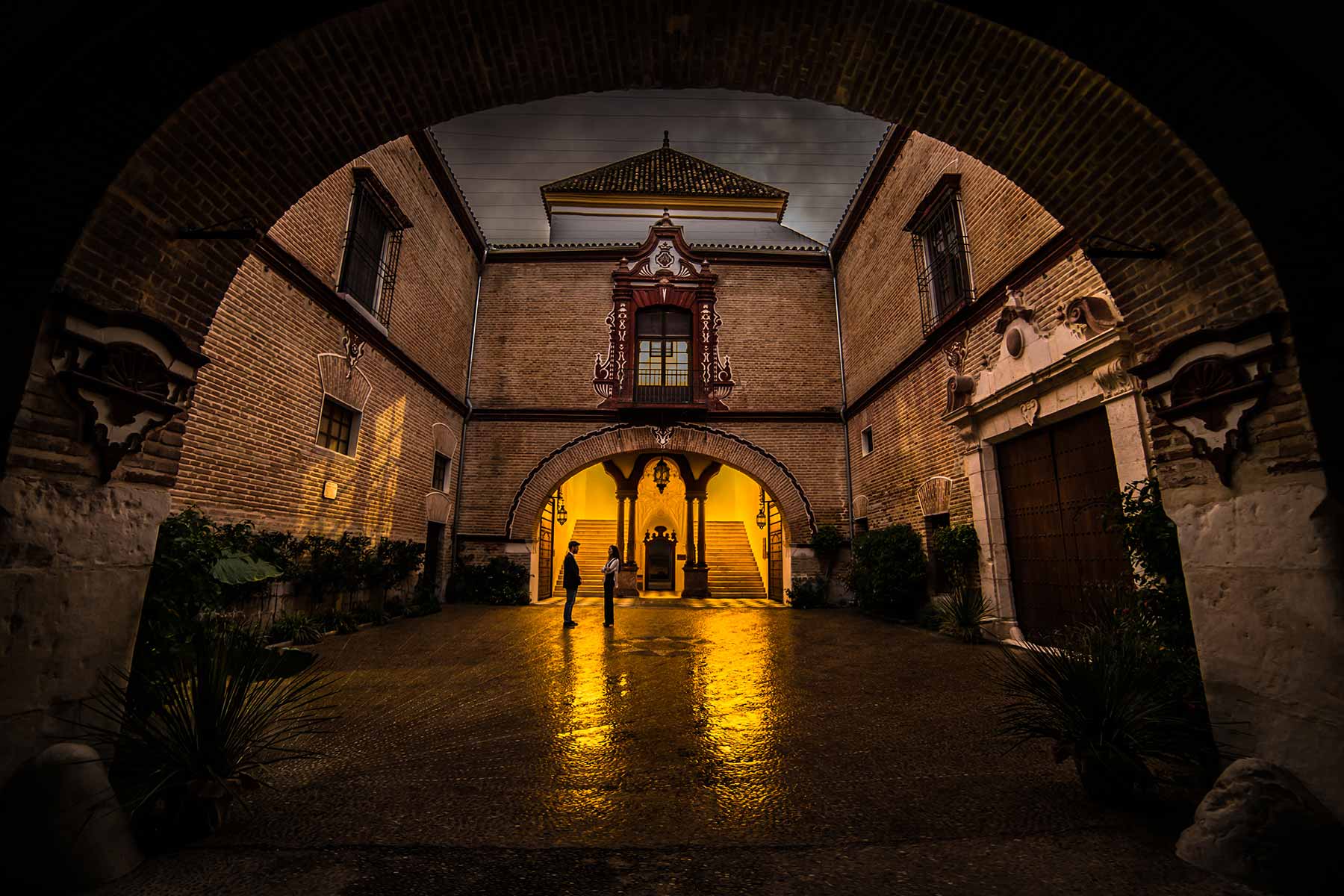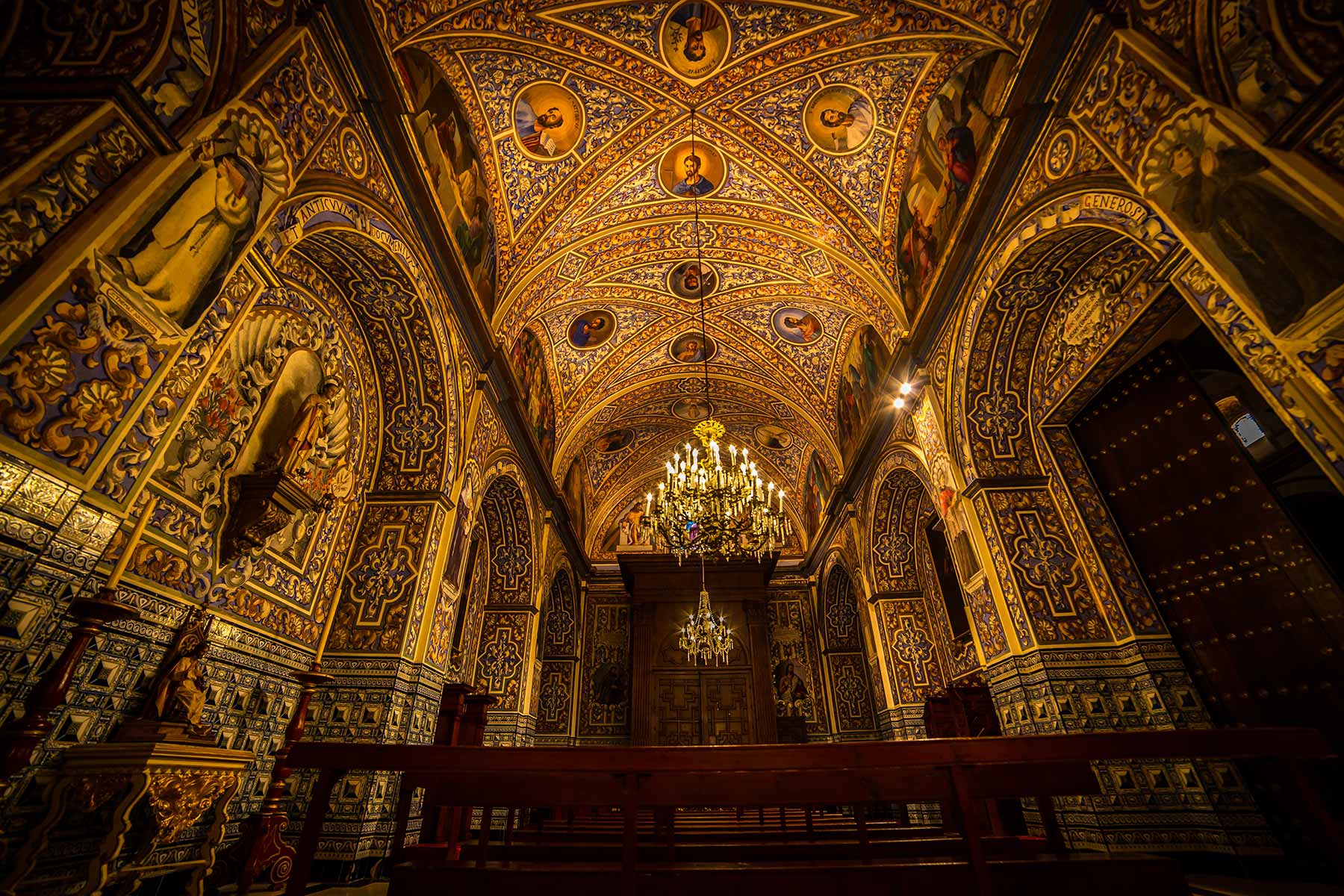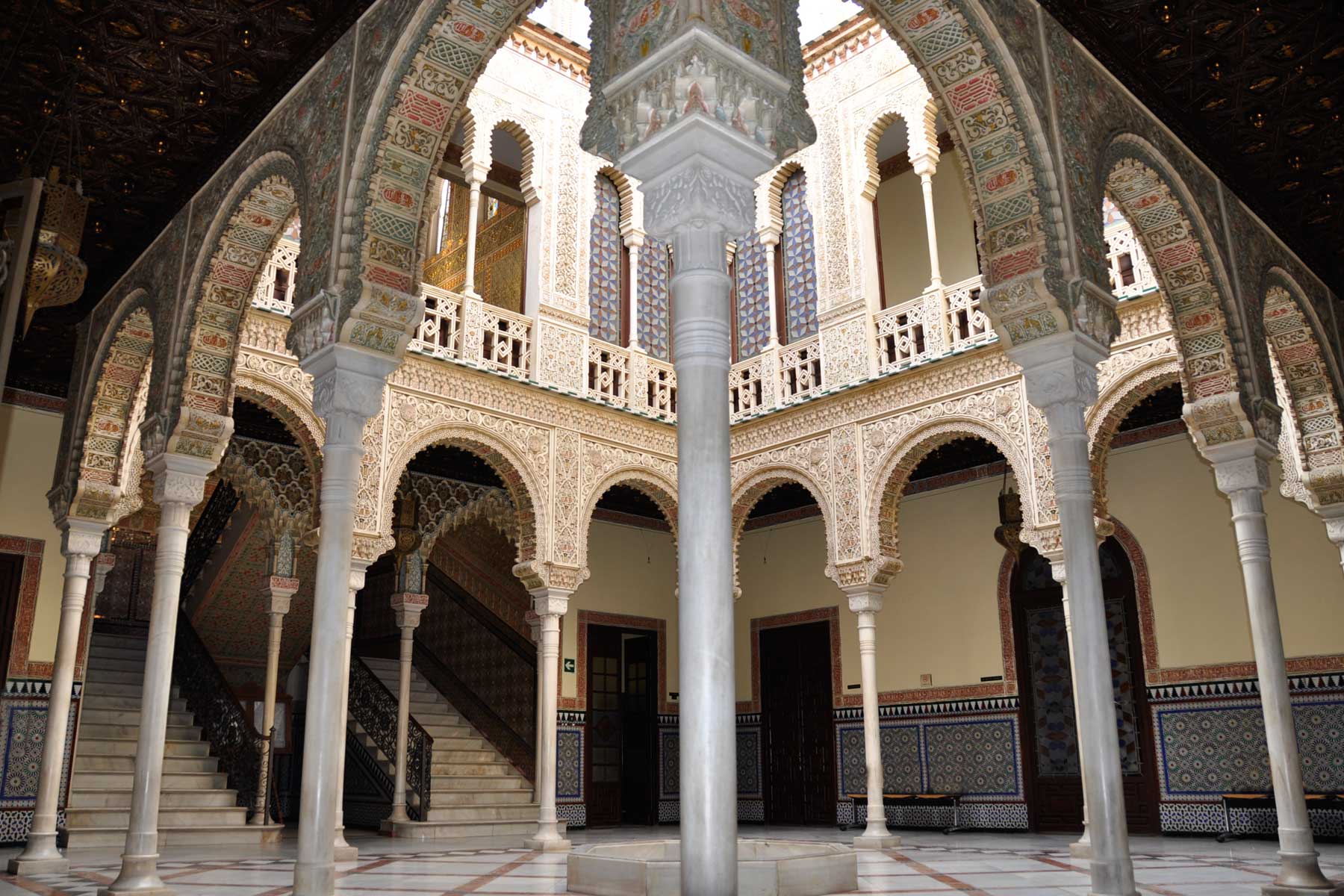Écija
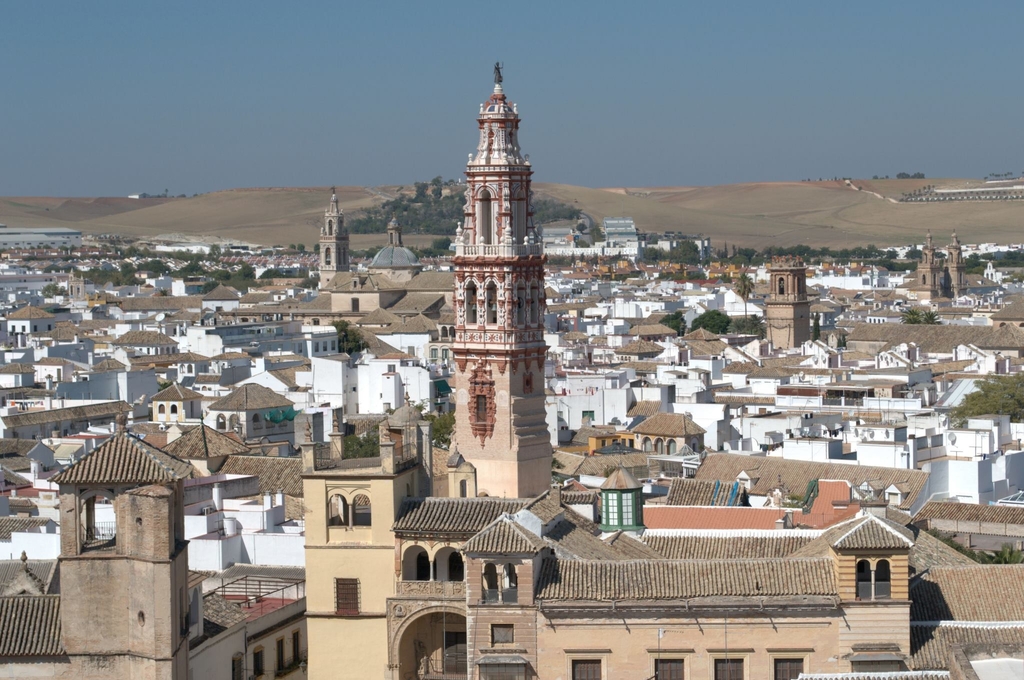
The past has bequeathed Écija a city dominated by its magnificent baroque towers and domes. His monumental area invites visitors to stroll through its streets and squares, and enter their palaces, churches, monasteries, ... to admire one of the most important artistic centers of Andalusia. Highlight as most important monuments Écija Peñaflor Palace (XVI-XVIII) with an imposing facade decorated with frescoes; Benamejí Palace, now home to the Municipal Historical Museum, which preserves and exhibits important archaeological pieces, the Palace Valdehermoso decorated with interesting plateresque XVI century, the Palace Museum Santaella and Palace House Palma, where you can admire the magnificent coffered Mudejar ornamentation.
As far as religious architecture is concerned, listing several churches like the Church of Santiago, Gothic-Mudejar building s. XV or the church of Santa Cruz, the Sacred Art Museum displays an interesting collection of gold baroque. Another important temple is the Church of the Conception, known as 'The Hospitalito' which also has a valuable Mudejar coffered s tracery. XVI. The Church of Santa María, built in the transition from Baroque to neoclassical style, is in the chapel and the archaeological collection sacramental its most important attractions.
The s. XV is an old Moorish palace since 1655 is the Convento de las Teresas. Nearby is the Church of "Barefoot" stunning Andalusian Baroque jewel. To end our tour, we suggest visiting the Church of St. John, whose baroque tower is, in the opinion of many ecijanos, the most emblematic of all astigitano.
History
The first stable settlement known in the space now occupied Ecija goes back to s. IX BC, between the Late Bronze Age and Iron period I. Literary and epigraphic evidence shows that we retain the name of this indigenous population would Astigi, which prolonged its existence since the time turdetana to the founding of the Roman colony on the s. I B.C. By 14 B.C. Emperor Augustus founded the colony Augusta Firma, reaching a remarkable development. In late antiquity, Astigi was one of the main towns in Hispania. In 711 it was known as Istiyya. In 1240 the king gave Fernando III, and early s. XV Henry III granted the title of city. During the war of Granada, Ecija hosted the Court on several occasions and, in 1521, joined other Andalusian towns supporting the Crown against the Communards Castilians, earning him the title of Very Noble and Loyal.
In the modern age, experienced a significant Ecija craft, and the s. Sixteenth to eighteenth guilds butchers, tanners, etc.. achieved prominence. Thanks to this activity, there was the splendor of Baroque architecture, still preserved in testimony of all kinds, private and religious. The s. Century and the Industrial Revolution led to the railroad Ecija-Marchena and the first factory of light. In the s. XX were important urban reforms: opening of the Avenida Miguel de Cervantes Boulevard and transformation in a section of the old national road IV. In 1966, the municipality astigitano is declared a Historic-Artistic, forcing recognition drafting a Special Protection Plan for the area affected by the statement.
Eminent citizens
Pablo de Aroca, bandolero (bandit).
Luis Vélez de Guevara, playwright and novelist.
Fernando Valero y Toledano, tenor.
Jaime Ostos Carmona, bullighter.
Manuel Ostos y Ostos, writer.
Benito Mas y Prat, writer.
José Más, novelist.
Lope de Medina Chirinos, sculptor.

- Max 35
- Min 31
- Max 95
- Min 87
- °C
- °F

